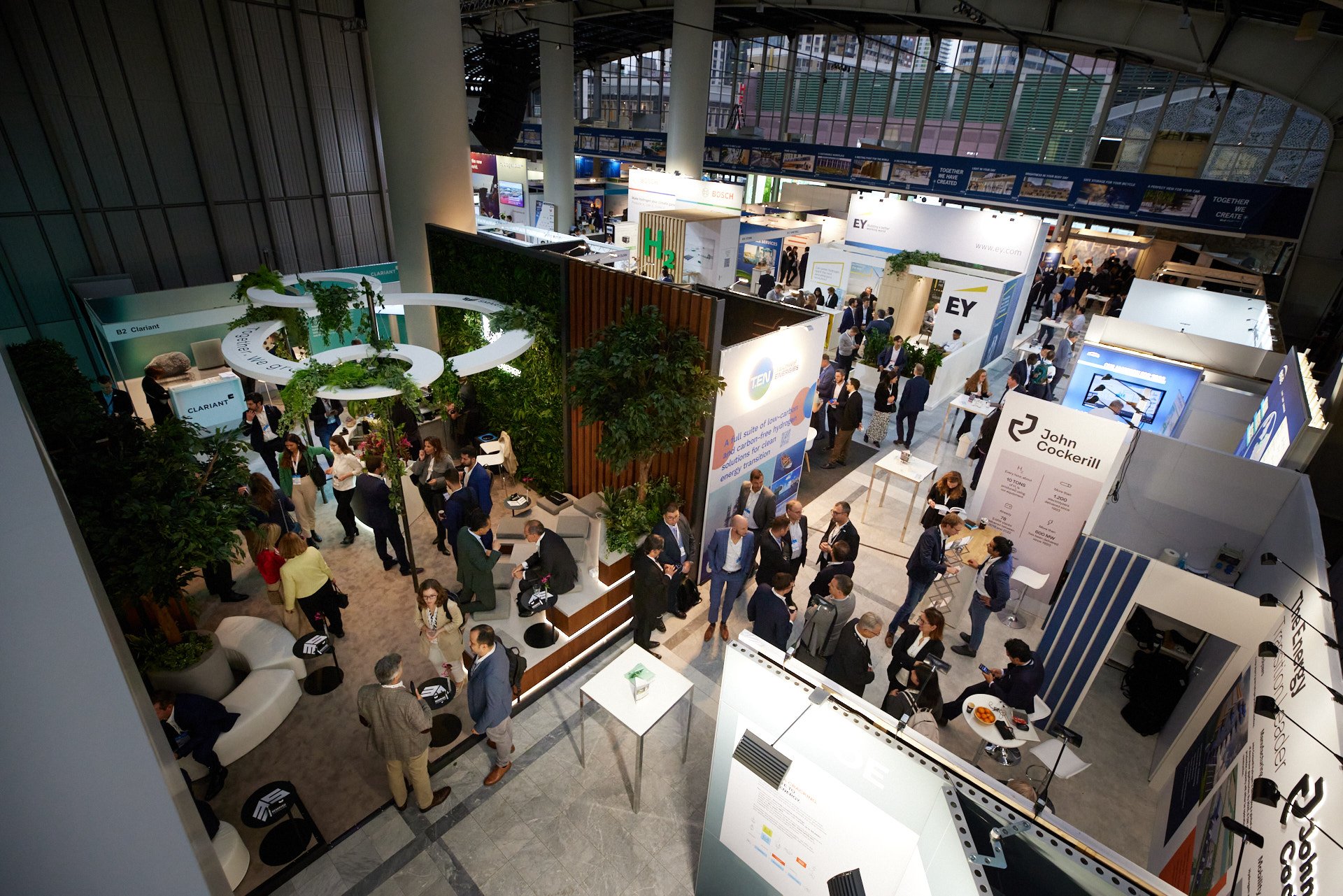News
District cooling
District energy
New “Cool Coalition” aims to save lives, energy and trillions for the global economy


The Cool Coalition - which includes ministers of environment from Chile and Rwanda and Foreign Affairs from Denmark as well as the heads of Danish engineering firm Danfoss and ENGIE, and the leaders of civil society, research, academia and intergovernmental institutions - aims to inspire ambition and accelerate action on the transition to clean and efficient cooling. The coalition is a global effort led by UN Environment, the Climate and Clean Air Coalition, the Kigali Cooling Efficiency Program, Empower, and Sustainable Energy for All (SEforALL).
“Demand for cooling is growing, as it must if we are to provide equitable access to a technology that keeps our children healthy, vaccines stable, food nutritious and economies productive,” said Joyce Msuya, Acting Executive Director of UN Environment, and a key leader of the coalition. “But we also can’t allow emissions to get out of hand. The Cool Coalition offers a three-in-one opportunity to cut global warming, improve the lives of hundreds of millions of people and make huge financial savings.”
-Relevant solution: Integrated District Heating and Cooling in Greater Copenhagen
Cooling is a necessity, not a luxury
2018 was the fourth-warmest year on record, with unprecedented peak temperatures recorded across the planet, from 43°C in Baku, Azerbaijan, to the low 30s across Scandinavia. Already, 30 per cent of the world’s population face potentially dangerous temperatures for more than 20 days a year. Heatwaves cause 12,000 deaths annually.
“In a warming world, cooling is a necessity, not a luxury. We need to provide it to the vulnerable populations who currently have no electricity. This necessity is something that can be delivered within a 1.5 degree-pathway. We need to provide sustainable cooling at speed and scale so that we can ensure everyone has safe food, safe vaccines, and comfort at work. Hundreds of millions of people at risk today from extreme heat need protection and we must protect them in a way that also protects the planet from increased carbon emissions,” said, Rachel Kyte, Chief Executive Officer of Sustainable Energy for All.
Amidst rising temperatures and spending power, the number of air conditioners in use is expected to rise from 1.2 billion today to 4.5 billion by 2050. If the world continues down this path, emissions from the sector will grow 90 per cent by 2050 over 2017 levels.
Many cooling technologies use refrigerants that can be 10,000 times more potent greenhouse gases than carbon dioxide. On the first day of 2019, the Kigali Amendment to the Montreal Protocol started phasing down these gases, known as hydrofluorocarbons (HFCs). This amendment can deliver almost 0.4°C of avoided warming from addressing these gases alone.
A combined strategy to phasedown HFCs along with improvements in energy efficiency can potentially double the climate benefits – while saving up to USD 2.9 trillion globally through 2050 by using less electricity, according to figures from the International Energy Agency.
-Related solution: Increasing Capacity and Optimizing Alunorf’s Cooling Water Systems – Germany
Danfoss: "We need to start implementing"
“As a leading provider of cooling solutions, and a supporter of climate action, Danfoss is committed to leading the industry to implementing sustainable solutions. Already today, we have cooling solutions that are more energy efficient and climate friendly, we need to start implementing them. Working with the Cool Coalition, we can do much more and allow everybody to benefit from cooling both people and planet.” Kim Fausing, President and CEO Danfoss.
“Chile is experiencing an exponential growth in cooling demand as global temperature rises. Like almost every nation in the world, we need cooling solutions for the benefit of our people,” said Carolina Schmidt, Minister of the Environment of Chile and Designated President of the next global meeting of the United Nations Framework Convention on Climate Change.
“Preventing an increase in emissions from the cooling sector is already part of our climate agenda under our commitment to the Paris Agreement and the Kigali Amendment of the Montreal Protocol. The Cool Coalition join forces and take actions towards cleaner and more sustainable cooling, ensuring that we can provide people with the cooling they need while protecting the planet.”
The Cool Coalition currently includes:
Basel Agency for Sustainable Energy, C40, Care Without Harm, CLASP, Climate and Clean Air Coalition, Danfoss, ENGIE, Energy Foundation China, Environmental Investigation Agency, Global Cool Cities Alliance, International Solar Alliance, Kigali Cooling Efficiency Programme, Minister of Environment of Chile, Minister of Environment of Rwanda, Minister of Foreign Affairs of Denmark, Natural Resources Defense Council, REN21, Rocky Mountain Institute, Sustainable Energy for All Initiative, Toby Peters - Professor in Cold Economy University of Birmingham, Shakti Sustainable Energy Foundation, TERI - The Energy and Resources Institute, United Nations Environment Programme.















